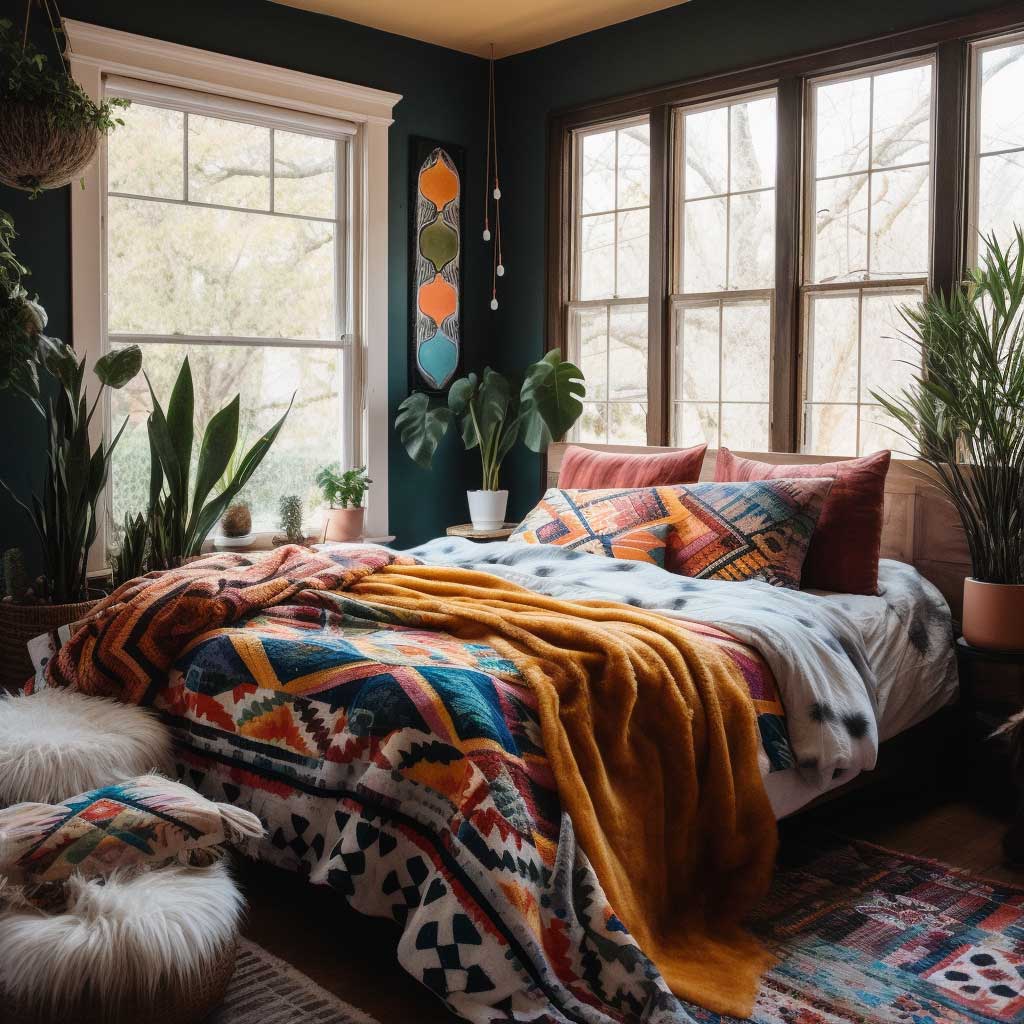Changing the proportions of a room, filling it with light and heat, shaping your character and even influencing your own emotional state, all this can create fabrics in the interior of your space.
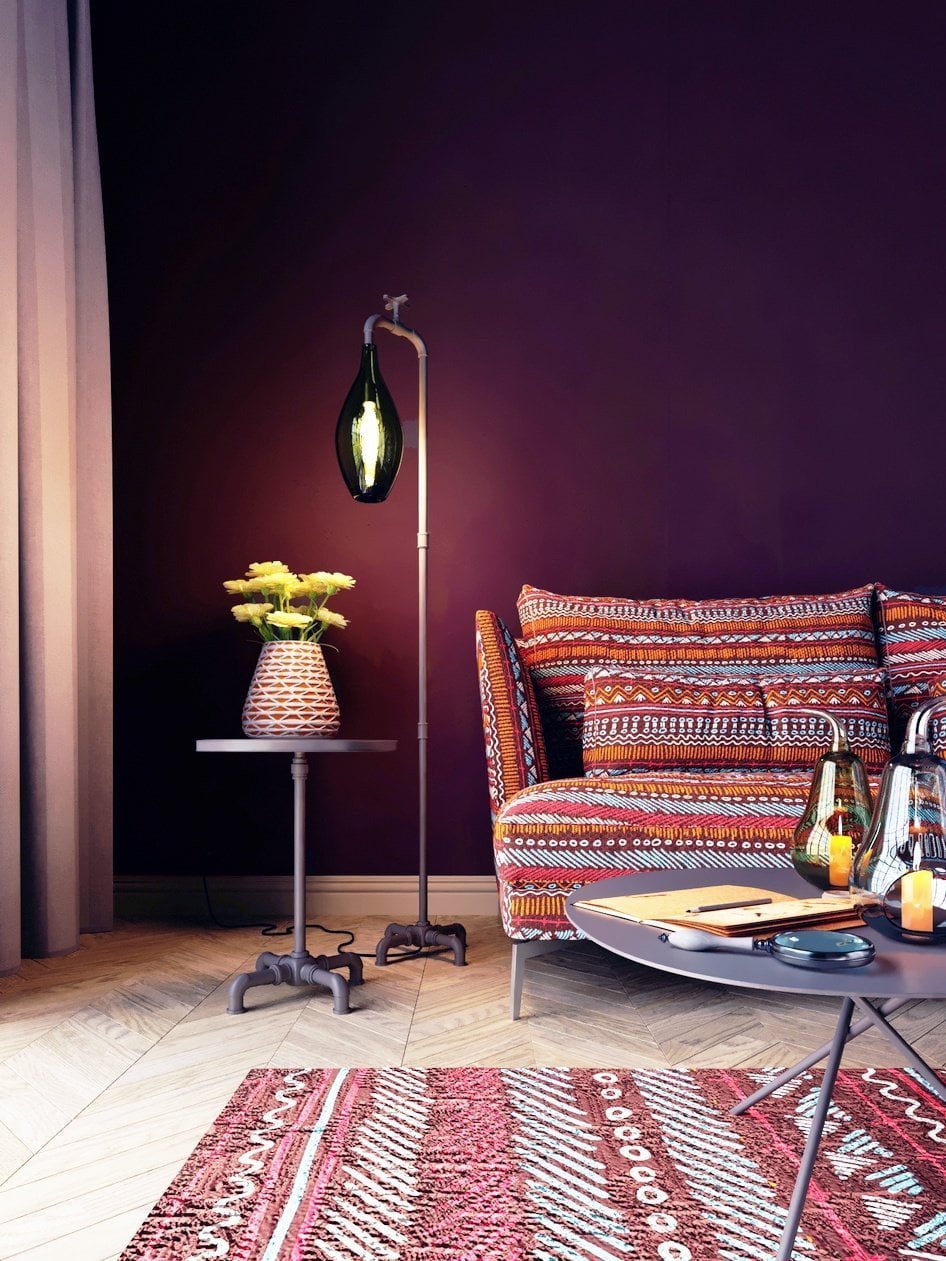
WHY IT IS AND HOW TO CHOOSE IT CORRECTLY
In fact, each of us makes a plan almost every day for what he will wear, what color his clothes will be, and from what material. It is important for us to have our own style and fabrics help us a lot in this. The same thing can be said about our interior. After the final construction work, approval of the layout and selection of furniture, our interior requires its own special “clothes”, without which it looks empty and lifeless. To do this, it is best to turn to a professional designer-decorator who will transform your interior and fill it with comfort and your own unique style. But if suddenly you do not have the finances and time, you feel that you do not have enough knowledge in this area, start by creating a folder of your own style. Cut pictures of your favorite interiors, furniture, fabrics and accessories from magazines. Keep this in a folder and very soon you will notice that your own style of your room gradually arises.
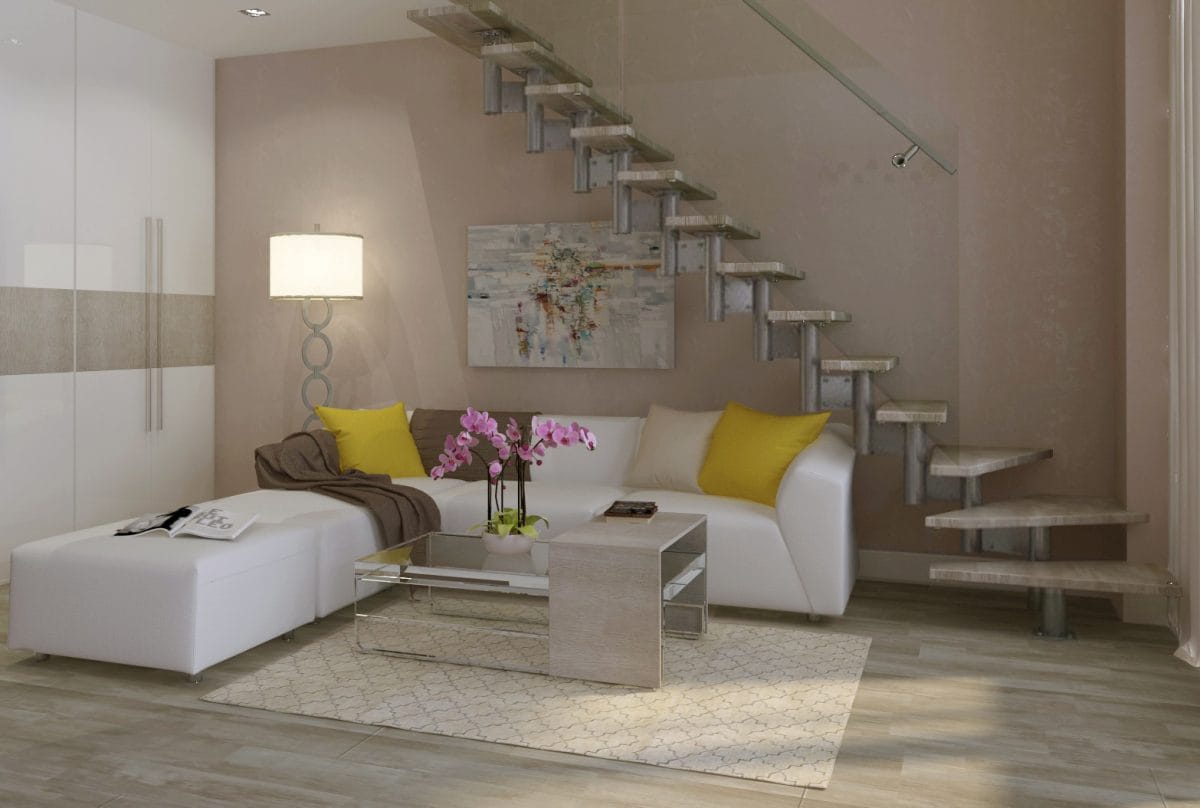
textile design in the interior
It should be remembered that not a single room of your apartment will be considered separately, since it is visible from the adjacent area. Therefore, to create a single ensemble, each room should be designed in such a way that it harmoniously combines with all the others. It is best if your apartment (house) is designed in the same style (more about them in more detail later in this article). Say, the dominant color in one room can be repeated in the rest. It is worth paying attention that the hall, staircase, corridor is best designed in neutral light colors. If the area of the apartment is small, then carpets of the same tone in all rooms will visually increase the space. The house will look like a whole, and seem more spacious.
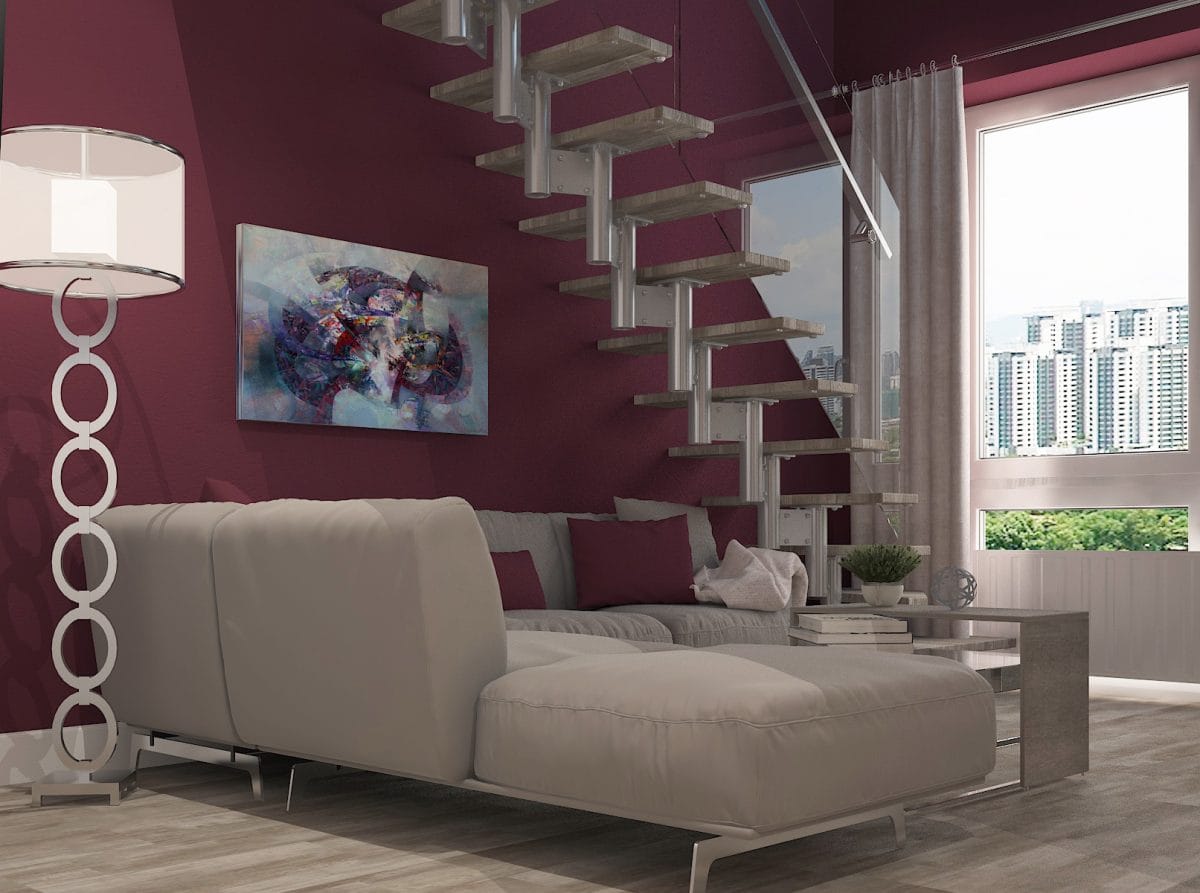
A professional designer prefers to start with samples before deciding on the final idea of an interior. It’s as simple as drawing up a room design diagram! You must have met women taking out a dress in a store to pick up shoes or a handbag for them. The same rules apply when choosing textiles in the interior.
interior textiles
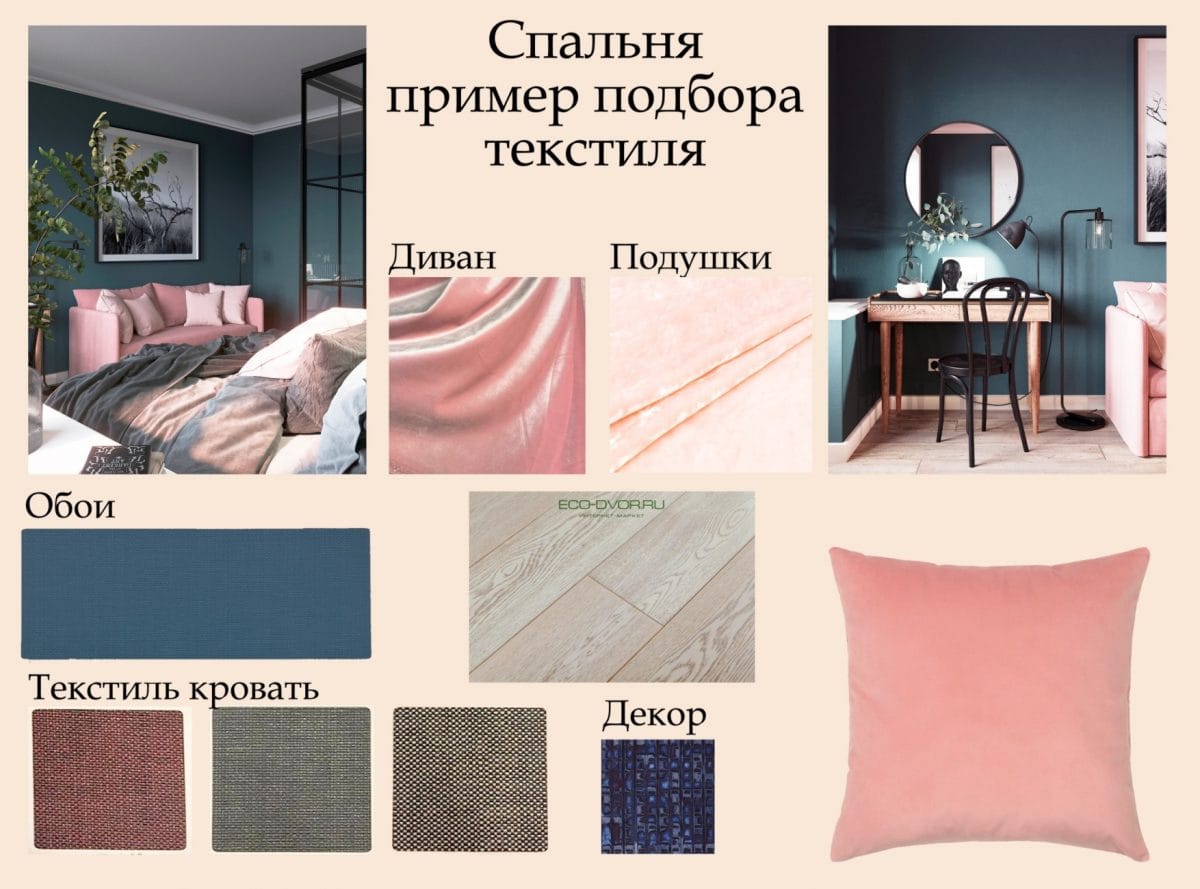
8 FACTS ABOUT TEXTILE IN THE INTERIOR ABOUT WHICH YOU DO NOT KNOW
As already mentioned, drawing up a diagram (collage) of the design of your premises is not difficult. Just a couple of tricks, a little time and patience, and we will have a ready-made project with the selection of all the necessary materials for your apartment or home. Below I will give 8 important factors about interior textiles, due to which your room will be transformed, will sparkle with new colors and will be stylish for many years to come.
# 1
Many manufacturers of finishing materials are ready to provide you with free samples of fabrics, textile wallpapers and carpet. You just need to contact the nearest store or the manufacturer himself and select for yourself the necessary fragment for the future interior.
# 2
If you have chosen a fabric with a large repeating pattern that plays a major role in your interior, you will need a larger sample to imagine how it will look in the finished product. Many manufacturers are willing to rent for a modest amount of about 1 m. Of fabric. It is better to do so than ordering curtains and upon arrival home to find that they absolutely do not “dance” with the general interior, either in shade or texture.
# 3
It is very important to correlate that sample on that surface for which it is intended! Since the fabric may look different depending on whether it is lying or hanging. So the upholstery fabric for the sofa on the sofa, the carpet on the floor, and the curtain should hang on the window. Do not neglect this rule, because the illumination of the fabric can dramatically change its shade and visually change the perception of texture. See how they look in daylight and evening lighting, and choose the one that will look more advantageous.
# 4
Do not skimp! Collect more different samples than you need for one room. So you can, for sure, be convinced and choose which of them are well combined, and which do not harmonize with each other.
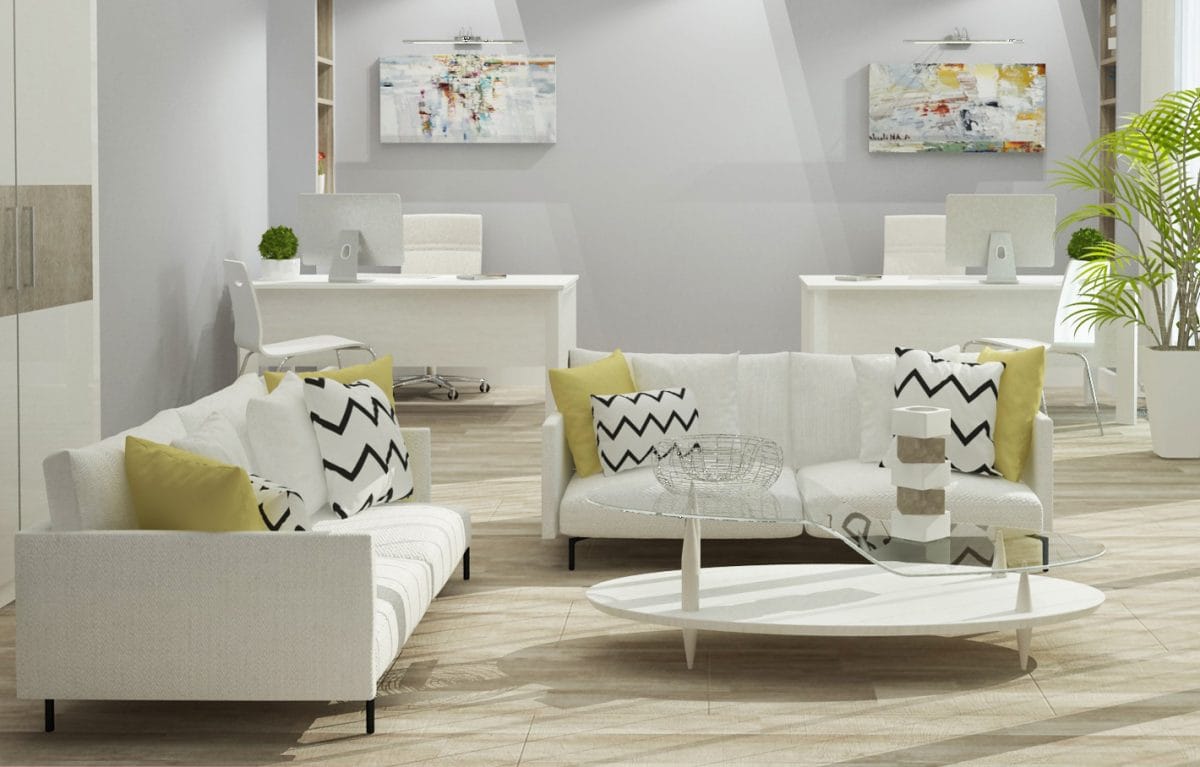
# 5
If you are developing a color and textile scheme for your interior, relying on existing furniture, you will need samples of its upholstery to understand which new fabric will go well with the old. If you do not have trimmed it, use woolen threads, pieces of fabric or even colored paper as close as possible to the color of the furniture.
# 6
Transparent plastic folders or file folders are good for samples. Stick on each folder a label with the name of the room for which the fabric is selected. So you won’t get confused in the store and quickly find what you need.
# 7
If you do not have time to prepare a whole folder with samples or need notes for them. There is another convenient technique used by a professional designer. This is a compilation summary. For him, a regular A4 notebook is suitable. Write the name of the room at the top. Draw a simple table. The first column is a listing of all rooms, the second column is a description, the third is a sample of the material. If the material is with a pattern, select the part where the maximum number of colors is collected. As a result, you will get an excellent and useful summary.
# 8
After completing all the work and choosing materials, when you already enter your unsurpassed, strong and harmonious room, do not rush to throw out your compendium or notebook with the selection of materials. In case something breaks, tears, or gets dirty and you need to replace this thing with another, your notebook or note with fragments of materials will be very helpful when looking for a new thing.
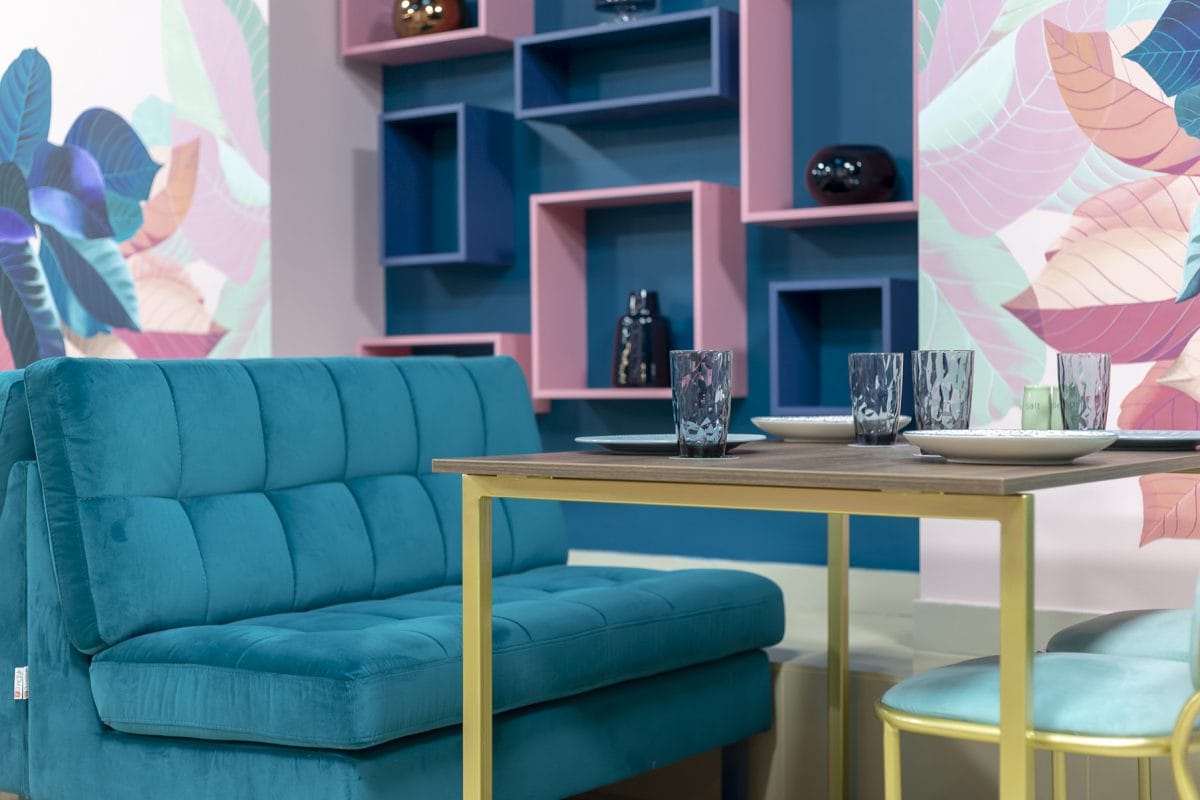
TEXTURE – HOW TO CHOOSE AND WHAT TO COMBIN
You can spend long hours choosing interesting combinations of colors and patterns. You can just buy a very expensive fabric or carpet. But this does not guarantee a successful result if you forget about the texture of the materials you have chosen. If you used only “smooth” materials (silk, satin, organza, veil), then such an interior will seem boring and lifeless. The combination of different textures will enliven the interior. The original design technique is the use of various prints and textures with a moderate amount of color. Expression of form and texture, lively plastic contour, minimalist expressiveness turn the interior into a universal trend.
textile in the bedroom interior
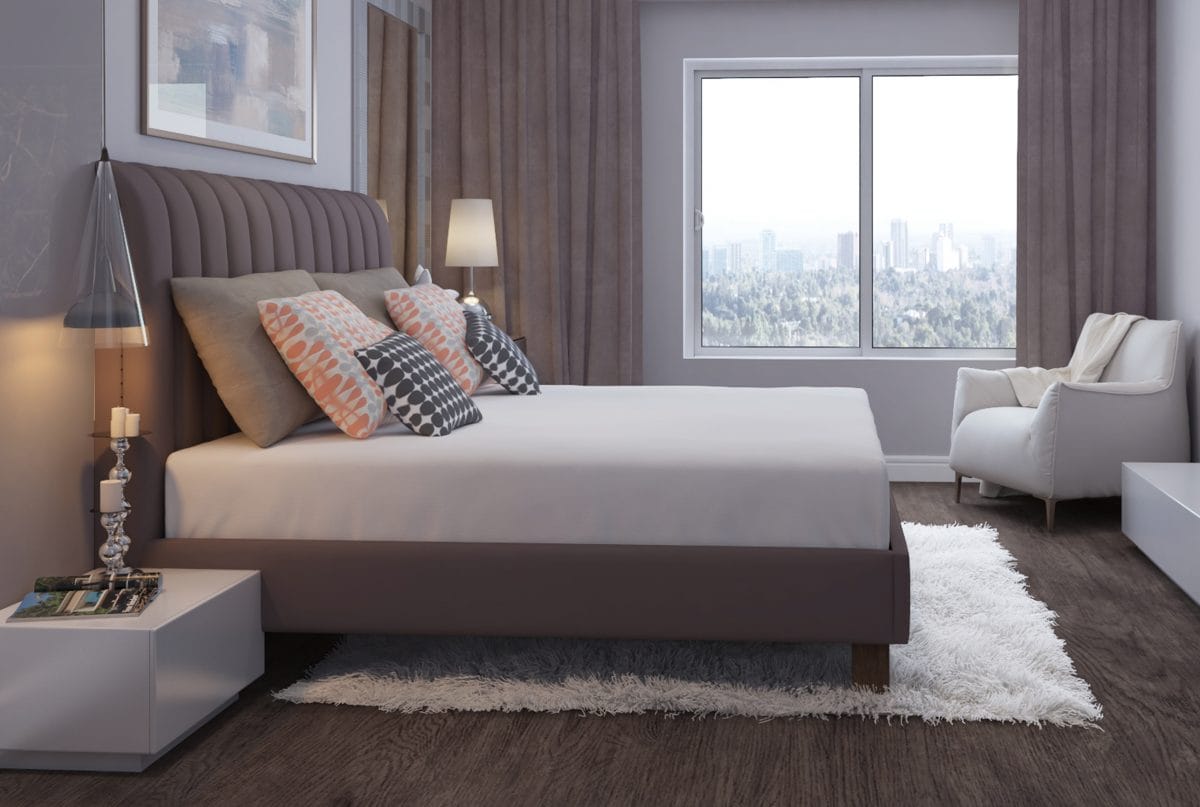
It is also worth remembering that with a combination of different patterns it will work only if they are of different sizes and proportions. Similar colors and motifs connect the patterns into a single whole.
natural home textiles
An interesting fact – the texture is also able to affect the perception of color. So, for example, a shiny coating – satin, eco-leather or silk – reflects light, due to this the color seems more vibrant and saturated. The matte material – velvet, velor, linen – absorbs light and due to this it seems darker. To make sure of this, try to make a diagram of their one-color fabrics of different textures, for example beige. And you yourself will be surprised that the interior in this case is so interesting.
Do not forget about lighting. After all, half a day (and in winter and even most of the day) your interior will be lit by artificial light sources. With proper lighting, your fabrics in the interior will emphasize and decorate your space, filling it with style, expressiveness and harmony. Do not be afraid to experiment with fabrics!
PATTERNS ON FABRIC AND MOOD OF YOUR INTERIOR
Overall design concept is often referred to as the color scheme. But there are two more components, as important as color, without which any idea would not have enough depth and character. We are talking about the skillful use of patterns on fabrics. People have been using patterns for thousands of years, decorating their homes, furniture, and clothing. One of the main advantages of the pattern is its ability to emphasize and transform the chosen style. For example, “cucumbers” in a colorful pattern remind of the east, the Tudor style is associated with luxury and richness of gold, and the “jazz” design brings to life the Art Deco style. Here are some tips for choosing the right pattern for your interior.

fashionable home textiles
- Always look at a pattern from such a distance from which you will look at it in your interior. Remember that fabrics with small patterns at a great distance always look monotonous.
- When choosing fabric for curtains, curtains and tulle, make sure that the light source is behind them, and not in front of them. So you better understand how the curtains will look on the window
- If you want to place several pieces of furniture that are dear to you in one room so that they make up an ensemble, find the fabric in the same color that is present in existing furniture.
- One important rule: you will achieve better results if you use a large pattern on large surfaces (carpet, curtains) and a small one on small objects.
- Combine the textures of various fabrics, combine patterns and do not forget about the location of this fabric in the interior and I am sure that you will cope with the task at the highest level, creating your own, unique style.
textile decoration





